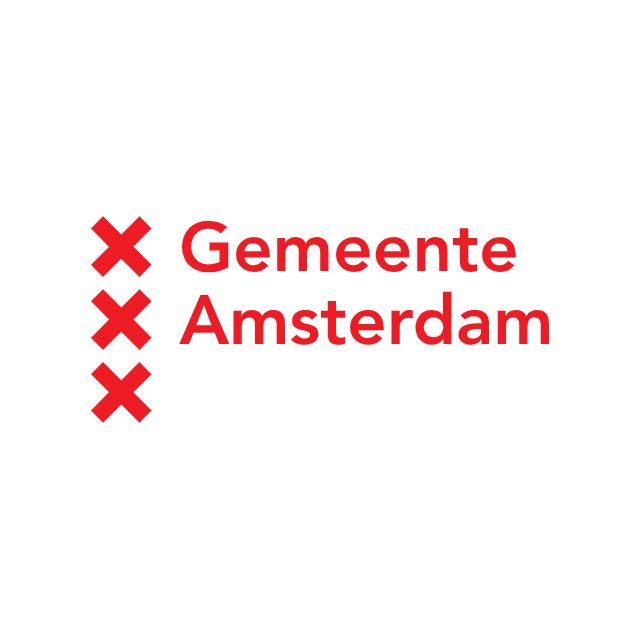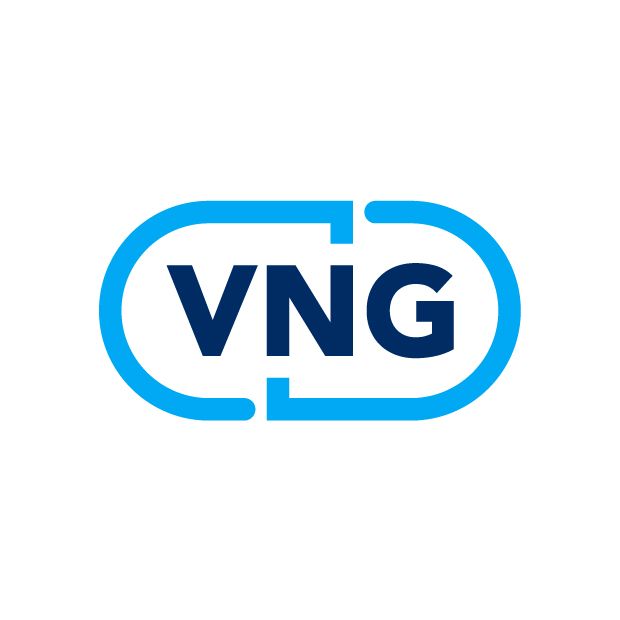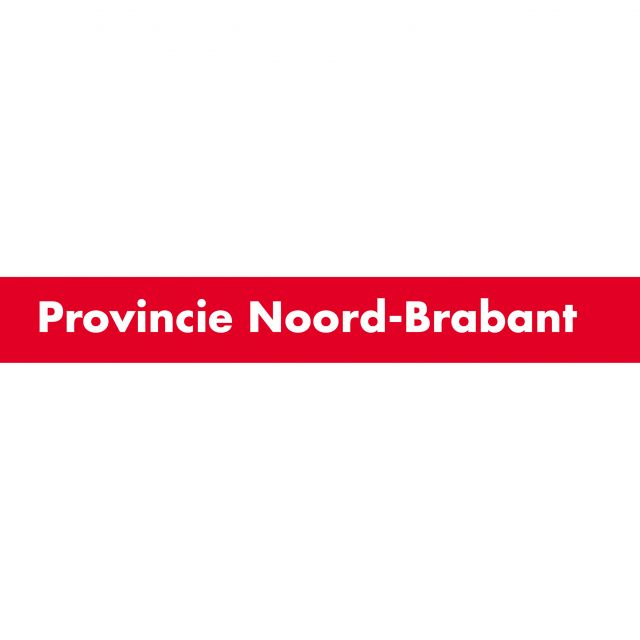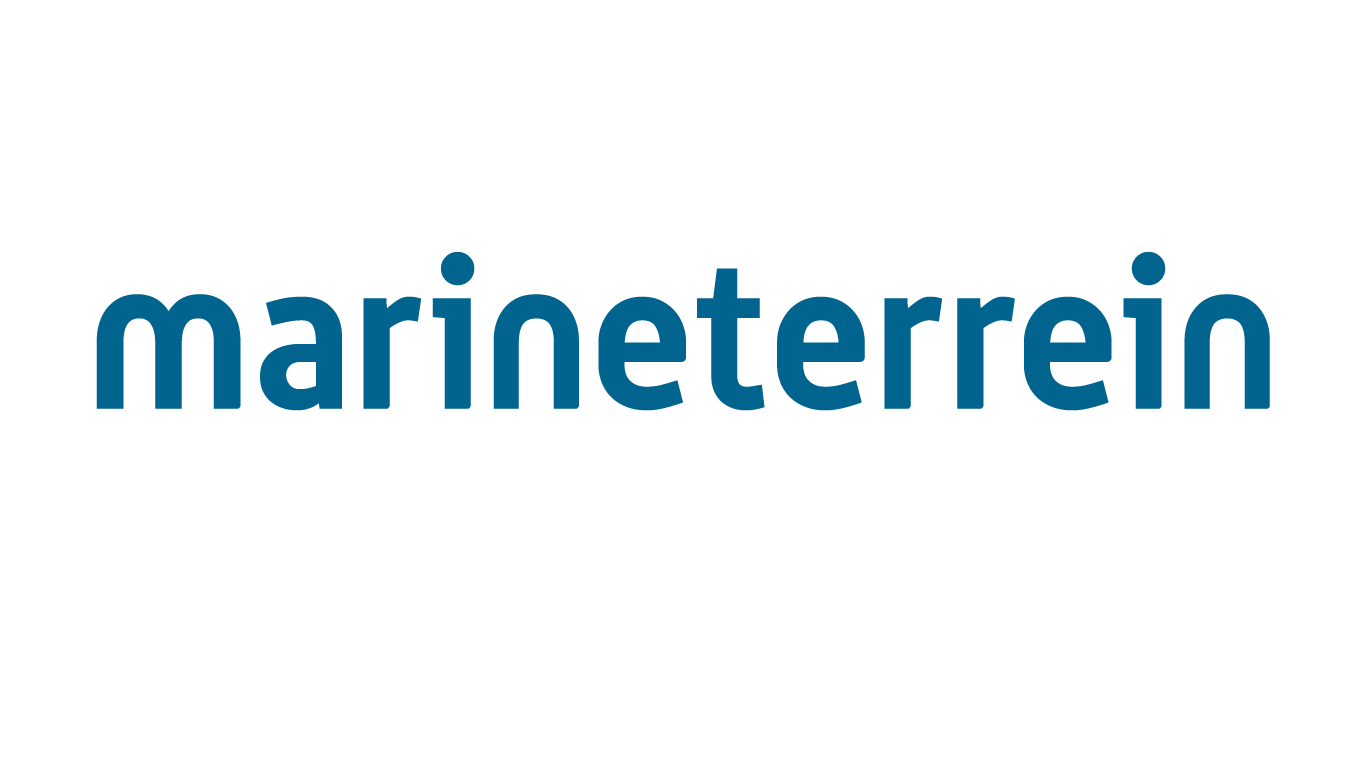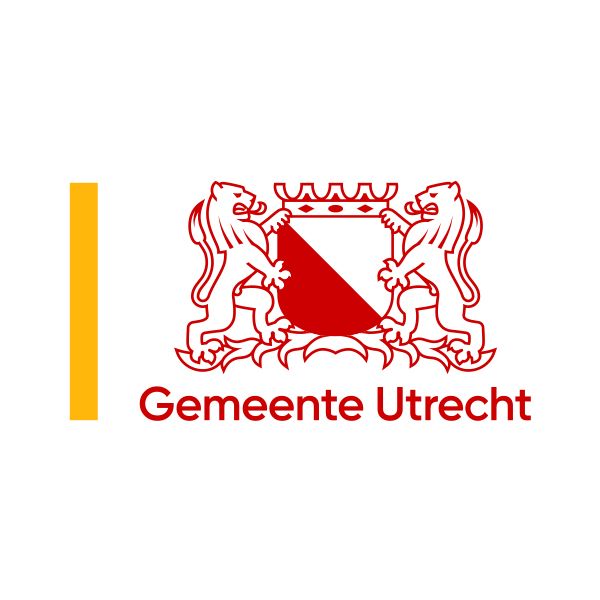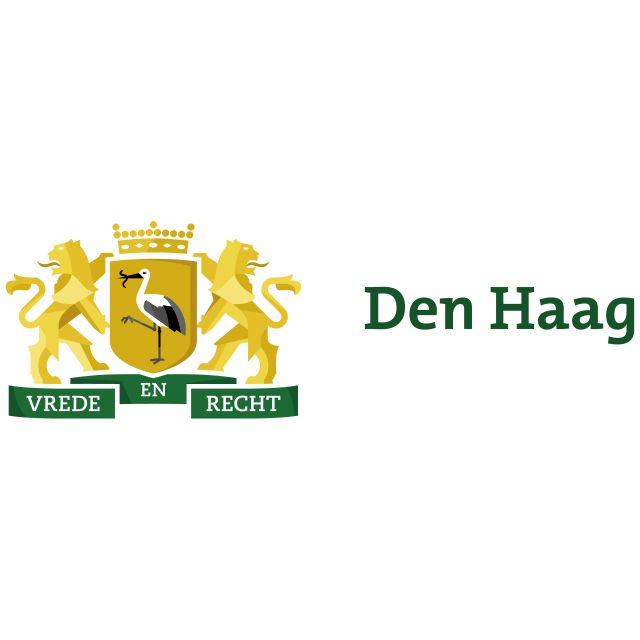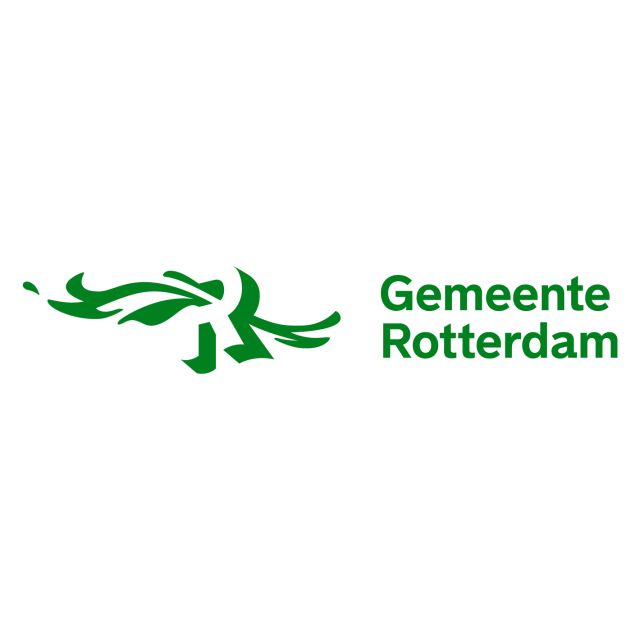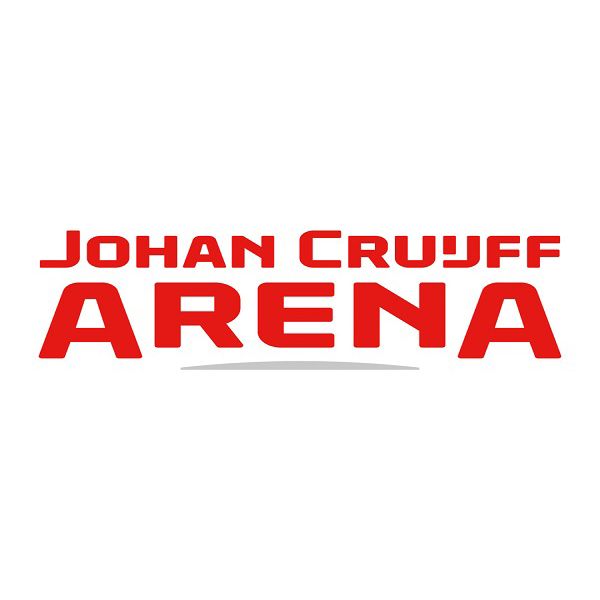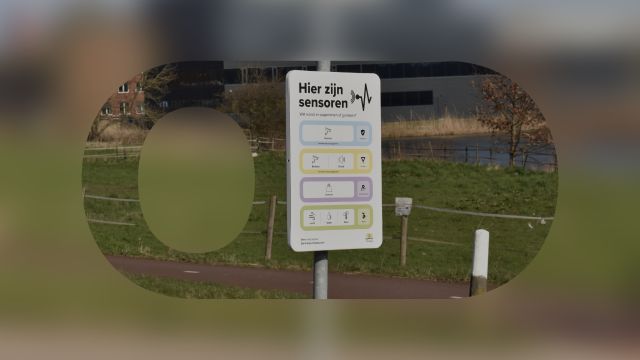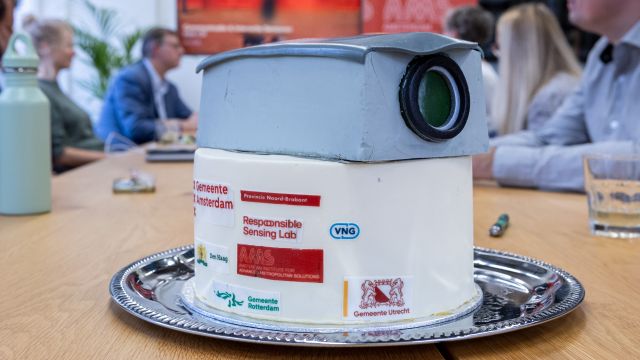Pilots in Amsterdam: What does that sensor actually do?
In various locations across Amsterdam, we explored how to communicate effectively about the use of sensors in public spaces.
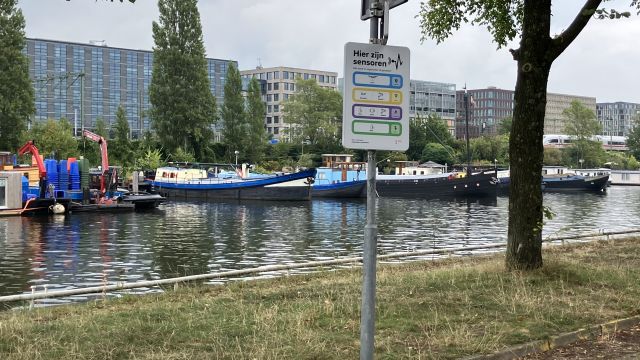
In August and September 2024 pilots took place at the Marineterrein and around Bijlmer ArenA in Amsterdam, focusing on how to communicate effectively about the presence of sensors in public spaces.
The city of the future
Smart technologies, such as sensors, play a crucial role in addressing urban issues, from monitoring noise pollution to tracking water quality. While these technologies make our lives more efficient in many ways, they also raise questions about privacy, transparency, and ethics. How can these technologies be used responsibly?
To inform citizens responsibly about these technologies, we are developing a communication guideline that can be applied nationwide.
This research is part of the broader project 'Communication about Sensors', a collaboration between several Dutch cities and organizations aimed at finding responsible and innovative solutions for urban challenges.
Municipalities want to be transparent about the use of sensors while maintaining an appealing, peaceful public space. This project helps us learn how to do that!”
— Dirk van Brederode, Manager Publieke Waarden, VNG
Information signs at Marineterrein
In Amsterdam, information signs were placed at four strategic locations at the Marineterrein to inform visitors about the sensors present. These boards are located at the main entrance, the 17th-century gate, the northern Commandants Bridge, and the Voorwerf. Similar boards were also installed around the Bijlmer ArenA.
The sensors register the movement of passersby without collecting personal data, ensuring privacy while still gathering valuable information.
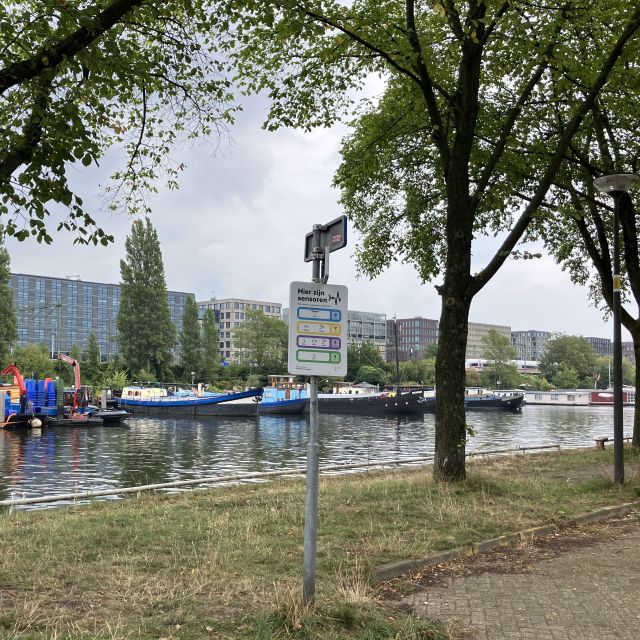
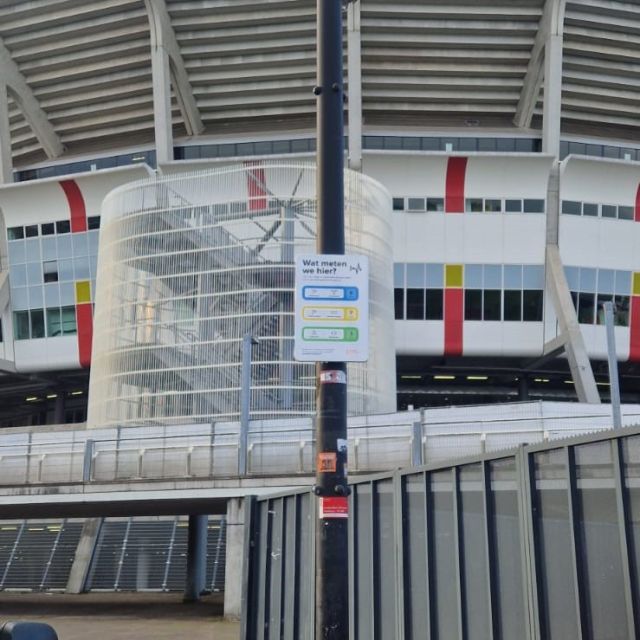
What do passersby think of the signs?
Visitors were actively involved in the study by providing feedback on the information boards. During the pilot, we explored the challenges and opportunities that arise when implementing the guideline. Key learning questions included:
- Internal organization: What obstacles do we encounter when implementing the guideline within the municipal organization? What processes and agreements are relevant?
- Physical effectiveness: How effective is the physical layer of the guideline (boards and stickers) in different urban environments? Does the guideline help make camera surveillance and other sensor monitoring clear to the public?
- Online communication: How does the online layer of the guideline function? Does it provide sufficient opportunities for interaction and feedback from citizens? Is a single central webpage sufficient, or should there be multiple pages for different locations?
This feedback was collected by researchers from Muzus and contributes to refining and optimizing the communication. The findings will be compiled in a report, including recommendations for other municipalities to successfully implement the guideline. This will make it easier for cities to adopt this new communication method.
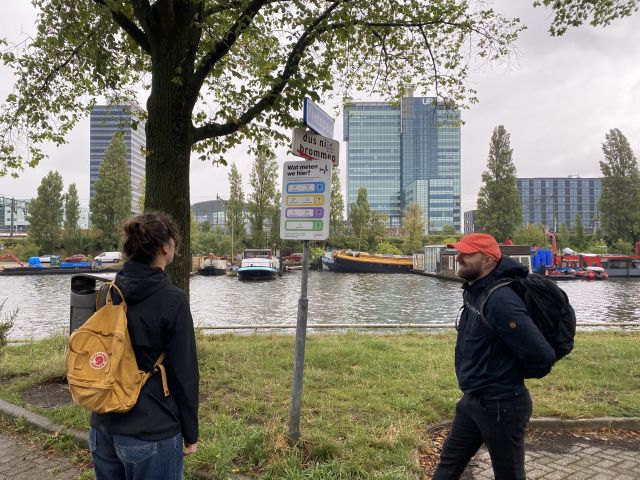
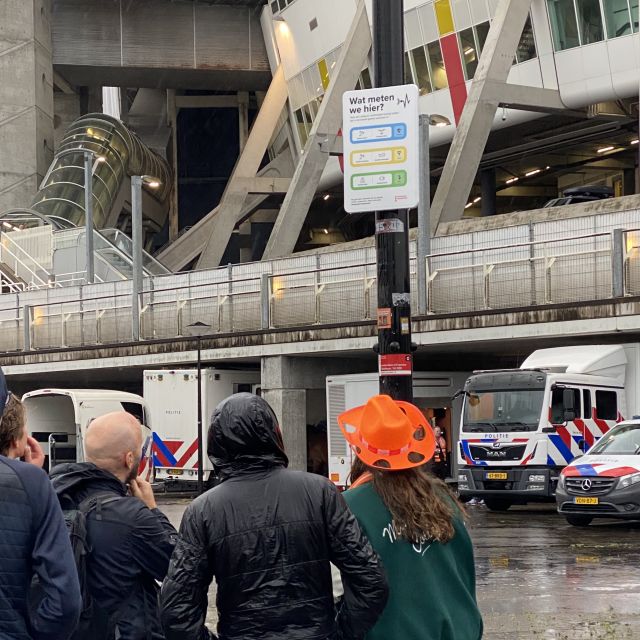
Initial results from pilot in Amsterdam
Feedback was collected by researchers from Muzus and contributes to refining and optimizing the communication. Ultimately, the findings will be compiled in a report, including recommendations for other municipalities to successfully implement the guideline.
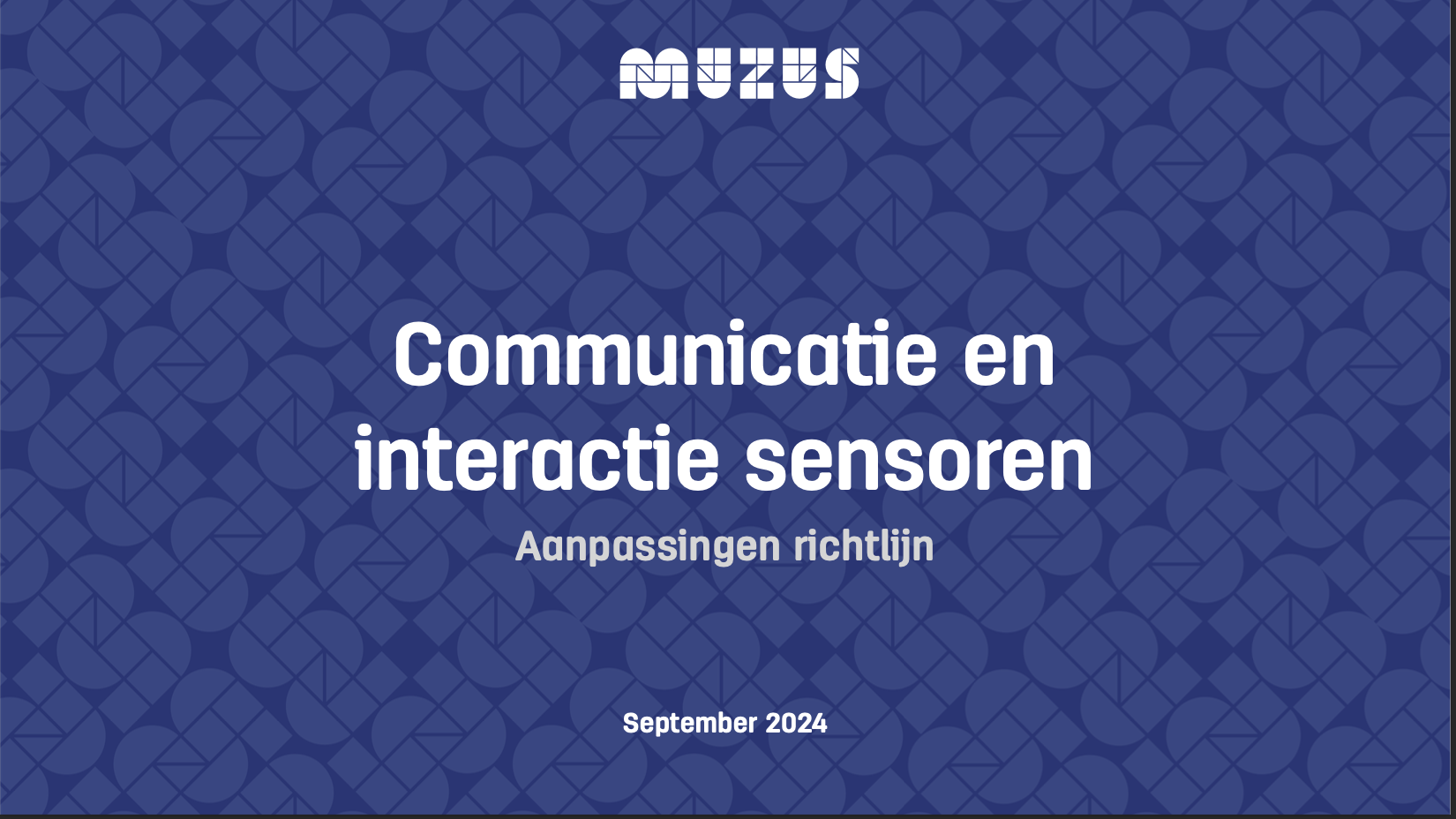
Collaboration for nationwide impact
This study focused on testing the effectiveness of the communication guideline across various locations in the Netherlands. It is part of a broader collaboration between Dutch cities such as Amsterdam, Utrecht, Rotterdam, and The Hague, within the 'Communication & Interaction Sensors' project.
By combining the lessons from these pilots, we are working towards a national standard for communicating about sensors in public spaces. The experiences gained at the Marineterrein and other locations will be used to further refine the guideline.
The goal of this guideline is to transparently inform citizens about how sensor systems deployed by municipalities function. This helps create a clear understanding of what data is collected, why, and how it is used.
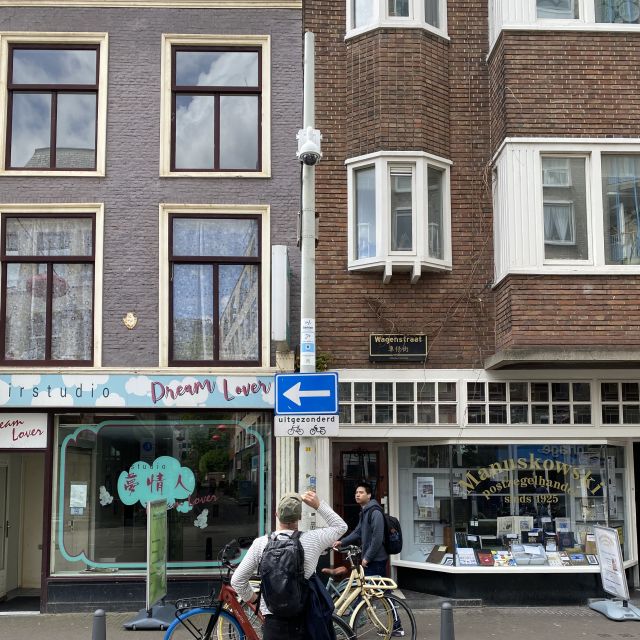
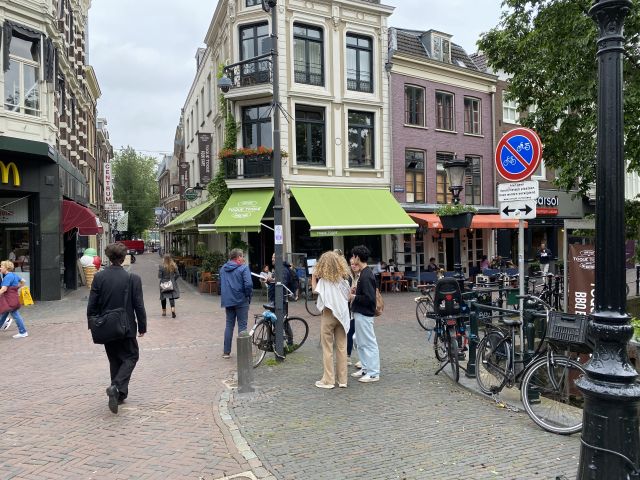
Traffic signs in the Netherlands are recognizable and understandable to everyone. If each city were to design its own, this would turn out to be messy. With this project, we aim to work towards a similarly clear, nationwide communication guideline for sensors.”
— Thijs Turèl, Initiator Responsible Sensing Lab and Program Manager at AMS Institute, Responsible Sensing Lab
Next steps
The results of the Marineterrein study will be published in October 2024. For more information about sensors in Amsterdam, Utrecht, and Rotterdam please vitsit: Allesoversensoren.net. Informatie about sensors in The Hague and Utrecht are also available via the following links:
